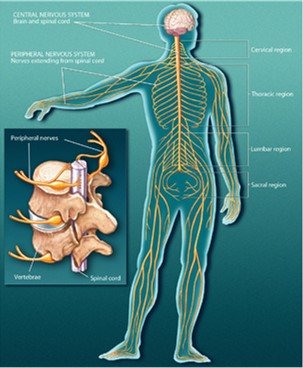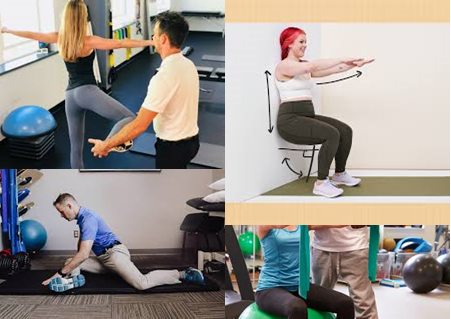Nerve Entrapments & How To Treat Them Successfully
This course will focus primarily on functional pathologies and treatment as it relates to nerve entrapment
Peripheral nerve entrapments can occur in multiple locations along the extraspinal extent of the nerve – between the intervertebral foramen and the most distal nerve endings in the extremities. The most frequent symptom of locomotor system adaptation/dysfunction is pain. The structure that most frequently expresses pain is the muscle with its trigger points and painful attachments. Treatment must address the etiology causing the nerve compression.
Dr. Carter will teach what to look for when you take the history and perform the physical exam. He will show you how to correctly identify and treat nerve entrapments successfully. You will learn the compression of different nerve types and symptoms associated with each that you can treat successfully, then move on to how to best treat them and help your patients.
Nerve Entrapments & How To Treat Them Successfully
This course will focus primarily on functional pathologies and treatment as it relates to nerve entrapment
Peripheral nerve entrapments can occur in multiple locations along the extraspinal extent of the nerve – between the intervertebral foramen and the most distal nerve endings in the extremities. The most frequent symptom of locomotor system adaptation/dysfunction is pain. The structure that most frequently expresses pain is the muscle with its trigger points and painful attachments. Treatment must address the etiology causing the nerve compression.
Dr. Carter will teach what to look for when you take the history and perform the physical exam. He will show you how to correctly identify and treat nerve entrapments successfully. You will learn the compression of different nerve types and symptoms associated with each that you can treat successfully, then move on to how to best treat them and help your patients.
Rehab Modalities & Exercises
Dr. Carter will present an optimal mix of education, evidence-based techniques, and hands-on training for rehabilitation in your practice.
Rehabilitation will start with assessment protocols and corrective exercises/protocols. No matter what your background training may be, you will definitely be able to apply something to your everyday practice to help patients.
The hands-on portion of this seminar will teach you specific rehab exercises and when to use them.
Rehab Modalities & Exercises
Dr. Carter will present an optimal mix of education, evidence-based techniques, and hands-on training for rehabilitation in your practice.
Rehabilitation will start with assessment protocols and corrective exercises/protocols. No matter what your background training may be, you will definitely be able to apply something to your everyday practice to help patients.
The hands-on portion of this seminar will teach you specific rehab exercises and when to use them.




